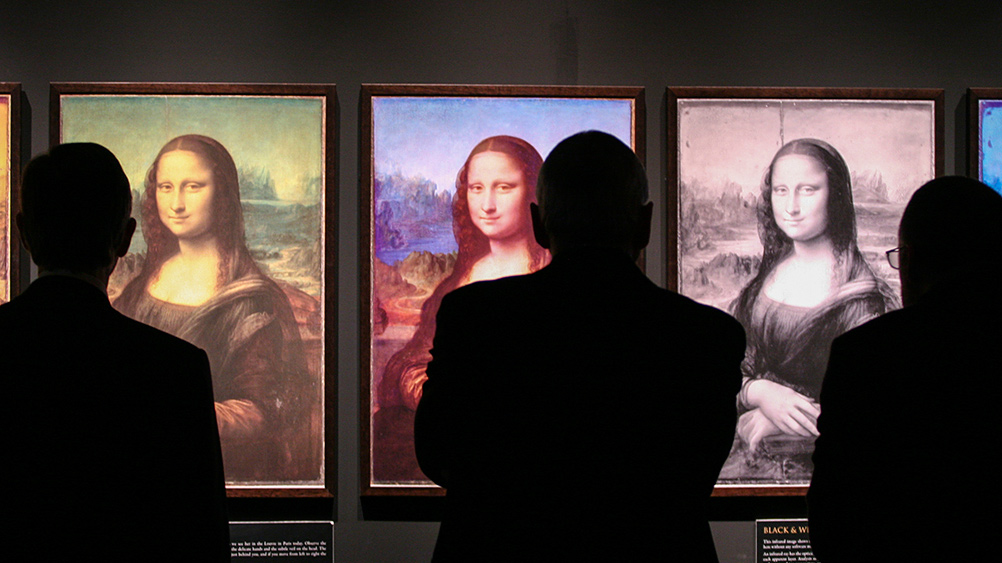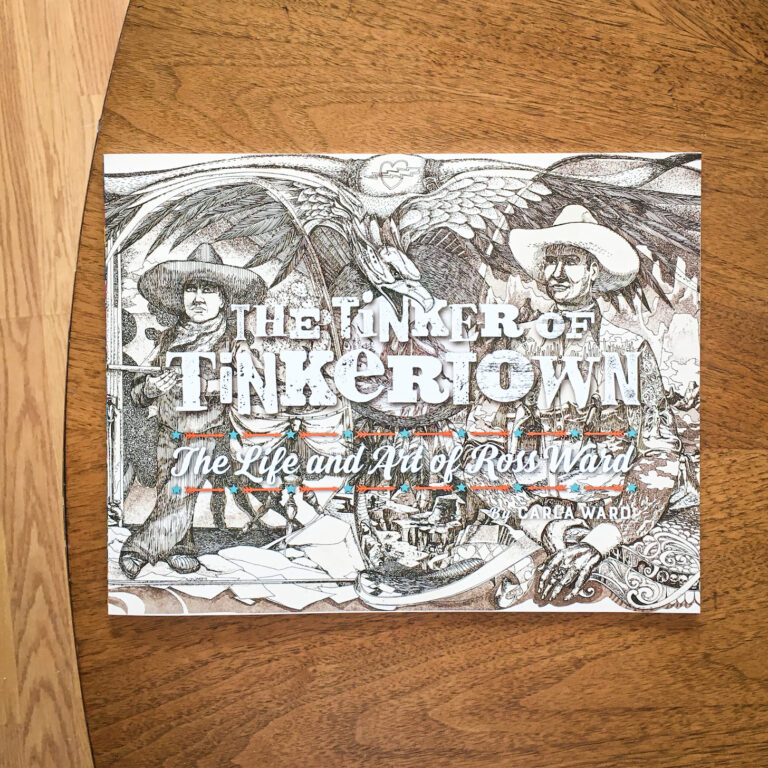Culture Shock: Renaissance Man
Leonardo Da Vinci Makes An Extended Stay In Albuquerque


"People know her eyes immediately," Director of the Natural History Museum, Margie Marino said of the Mona Lisa
Courtesy of Grand Exhibitions








